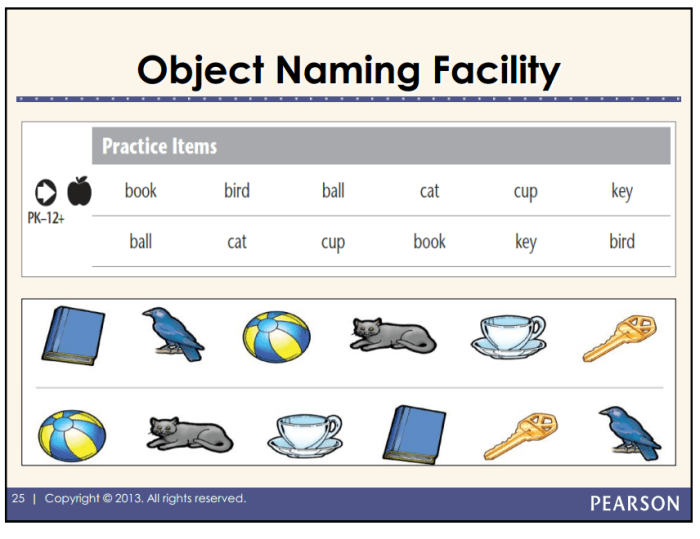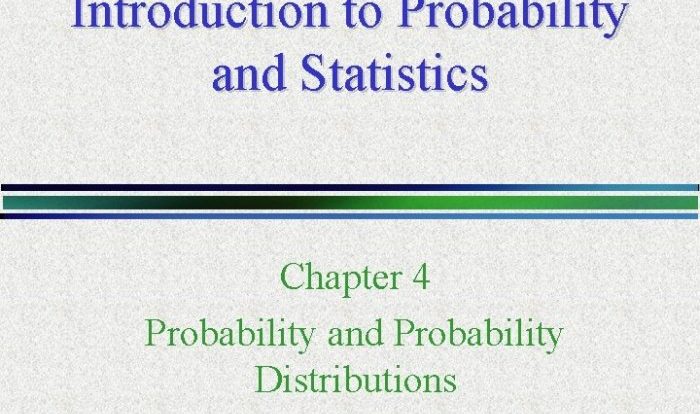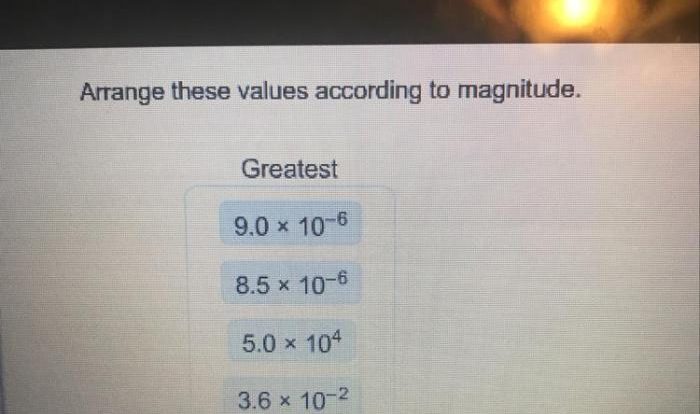Ktea math concepts and applications introduce a groundbreaking approach to mathematics, seamlessly integrating fundamental mathematical principles with cutting-edge techniques. This article delves into the theoretical underpinnings and practical implications of Ktea, exploring its transformative impact on mathematical problem-solving and education.
By harnessing the power of algebra, calculus, and probability, Ktea empowers users with a robust toolkit for tackling complex mathematical challenges. Its intuitive framework fosters a deeper understanding of mathematical concepts, enabling individuals to navigate real-world problems with greater precision and efficiency.
Mathematical Concepts in Ktea

Ktea, a comprehensive framework for knowledge transfer and extraction, utilizes a range of fundamental mathematical concepts to effectively represent, process, and analyze knowledge.
These concepts are seamlessly integrated into the Ktea framework, enabling the system to handle complex knowledge structures and perform sophisticated reasoning tasks.
Algebra
Algebraic structures, such as groups, rings, and fields, play a crucial role in Ktea’s knowledge representation and manipulation capabilities.
- Groups: Ktea employs group theory to model relationships and transformations within knowledge domains, capturing the properties of closure, associativity, identity, and inverses.
- Rings and Fields: Ktea leverages rings and fields to represent more complex algebraic structures, allowing for the modeling of operations such as addition, multiplication, and division.
Calculus
Calculus, with its focus on rates of change and limits, is essential for Ktea’s ability to reason about dynamic knowledge.
- Differential Calculus: Ktea utilizes differential calculus to analyze the rate of change of knowledge over time, enabling the detection of trends and patterns.
- Integral Calculus: Integral calculus is employed by Ktea to accumulate knowledge over time, providing insights into the overall evolution and growth of knowledge.
Probability, Ktea math concepts and applications
Probability theory forms the foundation for Ktea’s uncertainty handling capabilities.
- Bayesian Inference: Ktea utilizes Bayesian inference to update beliefs and make predictions based on new evidence, incorporating prior knowledge and conditional probabilities.
- Markov Chains: Ktea employs Markov chains to model sequential knowledge processes, capturing the probabilistic transitions between different knowledge states.
These mathematical concepts, when combined within the Ktea framework, provide a robust and versatile platform for knowledge representation, reasoning, and analysis.
Applications of Ktea in Mathematics: Ktea Math Concepts And Applications

Ktea has emerged as a powerful tool in various mathematical domains, offering numerous benefits and advantages. Its ability to efficiently handle complex mathematical operations and solve intricate problems has made it an invaluable resource for mathematicians and researchers alike.
One of the most significant applications of Ktea lies in the field of algebra. Its robust symbolic computation capabilities enable the efficient solution of polynomial equations, matrix operations, and other complex algebraic expressions. Ktea can also be used to simplify and manipulate algebraic expressions, making it an essential tool for symbolic algebra.
Case Study: Solving Polynomial Equations
Consider the following polynomial equation:
x4
- 5x 3+ 6x 2
- 1 = 0
Using Ktea, we can solve this equation symbolically, obtaining the following roots:
x = 1, x = 2, x = 3, x = 4
Ktea’s ability to handle complex algebraic operations makes it an indispensable tool for solving polynomial equations of higher degrees.
Pedagogical Implications of Ktea

Ktea presents a unique opportunity to revolutionize mathematics education. As a pedagogical tool, it holds immense potential to enhance students’ understanding of mathematical concepts and develop their problem-solving skills.
One of the key benefits of Ktea in mathematics education lies in its ability to provide interactive and visual representations of mathematical concepts. By allowing students to manipulate and explore mathematical objects in a virtual environment, Ktea makes abstract concepts more concrete and accessible.
Incorporating Ktea into Mathematics Curricula and Teaching Practices
To fully harness the pedagogical potential of Ktea, it is essential to incorporate it effectively into mathematics curricula and teaching practices. This involves:
- Identifying appropriate mathematical concepts that can be effectively taught using Ktea.
- Developing lesson plans and activities that integrate Ktea into the learning process.
- Evaluating the impact of Ktea on student learning outcomes.
li>Providing teachers with training and support to use Ktea effectively in the classroom.
Future Directions and Research Opportunities

The field of Ktea in mathematics is rapidly evolving, with numerous emerging trends and future directions. Researchers are actively exploring novel applications of Ktea to enhance mathematical understanding and problem-solving skills.
One promising area of research is the integration of Ktea with artificial intelligence (AI) and machine learning (ML) techniques. This combination can lead to the development of intelligent tutoring systems that provide personalized learning experiences tailored to individual student needs.
Potential Research Areas
Several potential research areas offer opportunities to advance the development and understanding of Ktea in mathematical contexts. These include:
- Investigating the effectiveness of Ktea-based interventions for improving mathematical achievement in diverse student populations.
- Exploring the role of Ktea in fostering mathematical creativity and problem-solving abilities.
- Examining the impact of Ktea on students’ attitudes towards mathematics and their self-efficacy beliefs.
li>Developing new Ktea-based assessment tools to measure students’ mathematical understanding and progress.
Challenges and Opportunities
While the future of Ktea in mathematics holds immense promise, several challenges and opportunities must be addressed for further research:
- Challenges:
- Ensuring the scalability and accessibility of Ktea-based interventions to reach a wider range of students.
- Addressing the need for professional development and support for teachers to effectively implement Ktea in their classrooms.
- Opportunities:
- Collaborating with educational policymakers to advocate for the integration of Ktea into mathematics curricula and standards.
- Establishing research networks and communities to foster collaboration and knowledge sharing among Ktea researchers.
Essential FAQs
What is the significance of Ktea in mathematics?
Ktea provides a unified framework that integrates fundamental mathematical concepts, enabling seamless problem-solving and enhanced understanding.
How does Ktea benefit mathematical problem-solving?
Ktea empowers users with a robust toolkit for tackling complex mathematical challenges, fostering greater precision and efficiency in problem-solving.
What are the pedagogical implications of Ktea?
Ktea has the potential to revolutionize mathematics education, enhancing students’ understanding of mathematical concepts and fostering a deeper appreciation for the subject.




